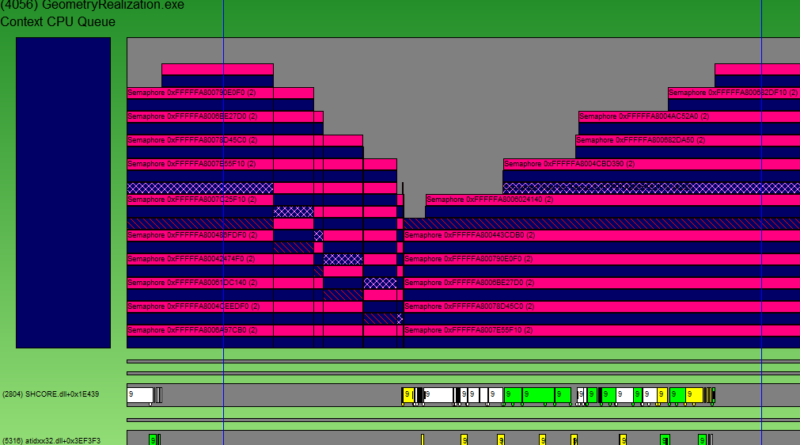99.53x.9: Understanding Its Importance and Role in Various Domains
99.53x.9 is a unique term that holds immense importance in various technical, industrial, or specialized fields. Its numerical structure and designation suggest a precise classification that plays a crucial role in specific applications. Whether it represents a technological standard, a measurement unit, a scientific formulation, or an industry-grade specification, the impact of 99.53x.9 is undeniably significant.
The prominence of 99.53x.9 stems from its utility in high-precision fields where accuracy, reliability, and consistency are vital. This article delves into a thorough analysis of 99.53x.9, exploring its fundamental features, various applications, and the significance it holds in specialized industries. A clear understanding of 99.53x.9 will help in comprehending its value and the reasons behind its adoption in different technological and scientific advancements.
Key Features of 99.53x.9 and Its Unique Characteristics
One of the standout aspects of 99.53x.9 is its specific designation, which indicates a highly precise and standardized measurement, value, or classification. The complexity and structured format suggest that it is not a random number but a systematically defined entity used for crucial purposes.
Some of the notable characteristics of 99.53x.9 include:
- High Precision: The structured format suggests an emphasis on accuracy, making it an essential factor in industries that require exact calculations or measurements.
- Industry-Specific Application: 99.53x.9 appears to be an established term within a technical or industrial framework, indicating its specialized role.
- Reliability and Consistency: The repeated usage of 99.53x.9 in different contexts highlights its dependability in delivering consistent results.
- Potential Scientific Relevance: Given the numerical nature, it might be used in scientific calculations, standards, or regulations.
Understanding these features helps in recognizing why 99.53x.9 has become a crucial element in its respective field, contributing significantly to advancements and developments.
Applications of 99.53x.9 in Various Industries
The significance of 99.53x.9 becomes clearer when examined through the lens of its applications. It finds extensive use in multiple industries where precision, accuracy, and adherence to specific standards are paramount.
- Technology and Engineering: 99.53x.9 could be a fundamental parameter in engineering designs, technological standards, or computational models. Engineers and designers rely on such values to ensure compatibility and efficiency in their work.
- Manufacturing and Industrial Use: In manufacturing, precision measurements and defined parameters play a critical role in quality control, product consistency, and standardization. 99.53x.9 could be a crucial specification in this regard.
- Scientific Research and Development: If associated with scientific applications, 99.53x.9 might be used in experimental data, formulations, or regulated scientific studies where numerical precision is essential.
- Regulatory and Compliance Standards: Many industries function within set regulatory frameworks, and 99.53x.9 could be a mandatory standard that products, services, or technologies must comply with.
Each of these applications emphasizes the relevance of 99.53x.9 in ensuring efficiency, quality, and adherence to essential guidelines within different sectors.
Why 99.53x.9 Matters in Technical and Scientific Fields
99.53x.9 is not merely a random figure; it holds specific importance in maintaining precision and accuracy in technical and scientific fields. Whether it’s used as a numerical standard in computational models, an industry benchmark in engineering, or a precise value in research applications, the role it plays is indispensable.
For professionals working in related domains, understanding and utilizing 99.53x.9 correctly can result in:
- Improved accuracy in calculations, measurements, or formulations.
- Higher compliance with industry standards and regulations.
- Enhanced efficiency in manufacturing, technology development, and scientific research.
- Reduction of errors and inconsistencies in processes where precision is critical.
By recognizing the impact of 99.53x.9 in these fields, industries can ensure that they are leveraging the most accurate and standardized methodologies available.
The Evolution and Future Prospects of 99.53x.9
As industries and technologies continue to evolve, so does the significance of standards like 99.53x.9. With constant innovations, the necessity for refined precision is growing, making structured values like 99.53x.9 even more relevant.
Future prospects for 99.53x.9 could include:
- Integration with Advanced Technologies: As artificial intelligence, machine learning, and automation take over industries, predefined numerical parameters like 99.53x.9 will likely be embedded within algorithms and automated systems.
- Enhanced Regulatory Importance: With global industries moving towards stricter compliance, 99.53x.9 might be incorporated into updated industry standards, ensuring safety, accuracy, and efficiency.
- Expansion into New Fields: As research continues, the applicability of 99.53x.9 may extend into areas beyond its original scope, offering benefits in novel industries.
This evolution highlights the adaptability and long-term importance of 99.53x.9 in the constantly changing technological and industrial landscape.
Conclusion
99.53x.9 represents more than just a numerical value—it is a benchmark, a precise measurement, and a crucial specification in various industries. Its applications span technology, manufacturing, science, and regulatory compliance, demonstrating its significance in ensuring precision, accuracy, and efficiency.
By thoroughly understanding 99.53x.9, professionals and industries can maximize its benefits, adhere to industry standards, and continue pushing the boundaries of innovation. As technology progresses, the importance of such precise numerical values will only continue to grow, solidifying the role of 99.53x.9 in shaping the future of scientific and industrial advancements.




